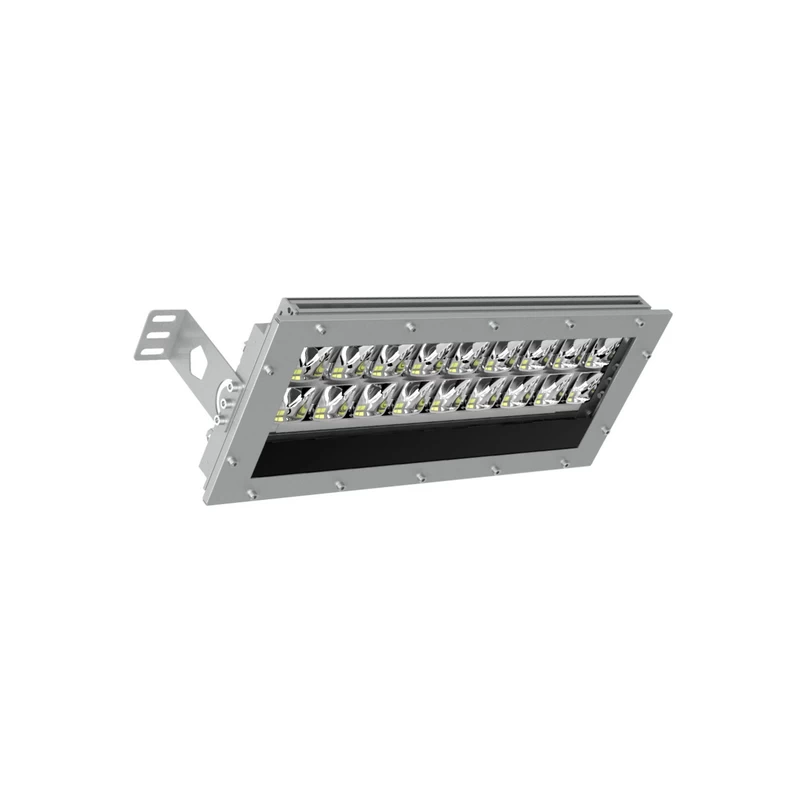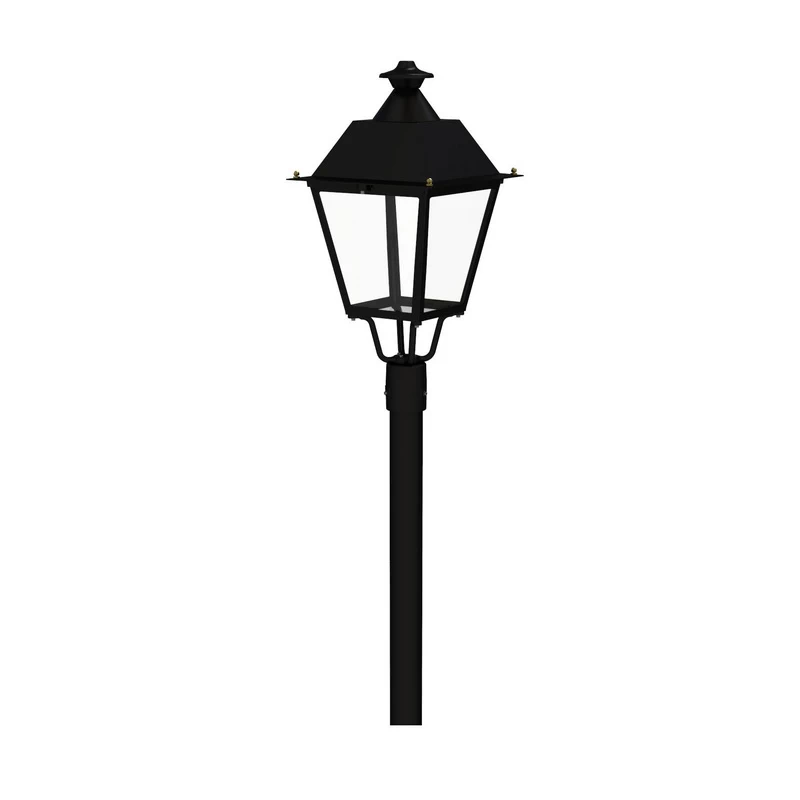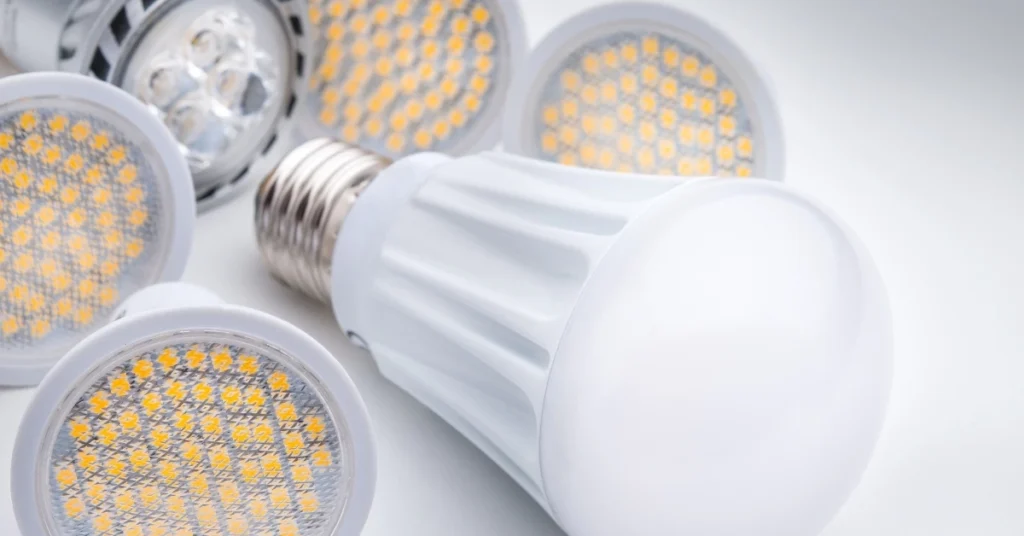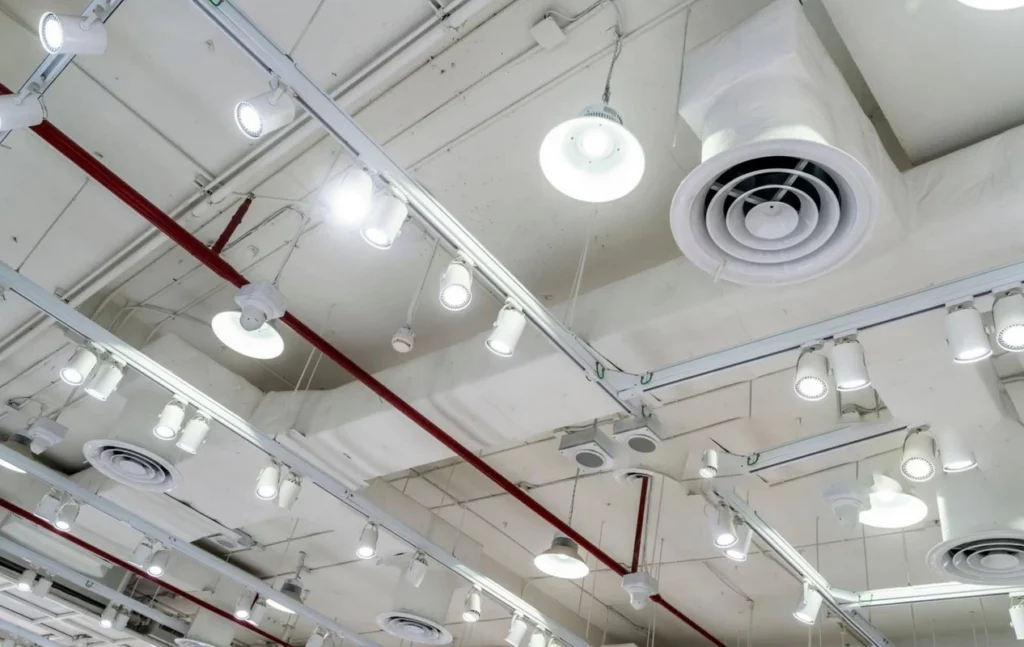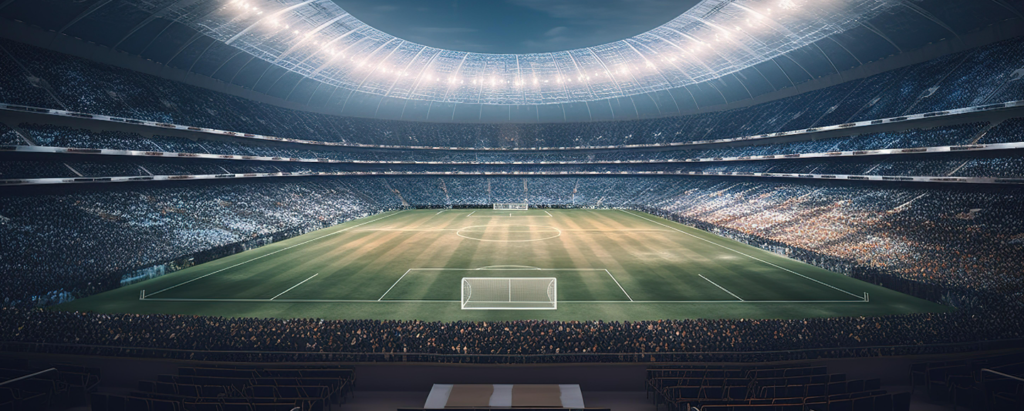Inhaltsübersicht
Umschalten aufEinführung
Wir hören oft den Begriff "Abstrahlwinkel", wenn es um Scheinwerfer geht. Aber verstehen Sie den Abstrahlwinkel wirklich? Warum ist er so wichtig für die Ausleuchtung und die Gleichmäßigkeit der Beleuchtung? In diesem Artikel werden das Konzept und die Berechnungsformel des Ausstrahlungswinkels im Detail erklärt.
Was ist der Abstrahlwinkel?
Der Abstrahlwinkel bezeichnet die Breite oder Streuung des von einer Lampe ausgesandten Lichtstrahls. Die Linie, entlang derer das Licht seine maximale Lichtintensität entfaltet, wird als optische Achse bezeichnet.
- B50% (FWHM, volle Breite bei halbem Maximum)
Dies ist die international gebräuchlichste Definition des Abstrahlwinkels. Der Winkel zwischen den beiden Richtungen, in denen die Lichtstärke auf 50% der maximalen Lichtstärke in der Ebene der optischen Achse der Lampe abfällt, ist der Abstrahlwinkel. - B10%
Der Winkel zwischen den beiden Richtungen auf der optischen Achse der Leuchte, in dem die Lichtstärke auf 10% der maximalen Lichtstärke abfällt. Einige Hersteller verwenden B10%, weil dies einen breiteren Abstrahlwinkel angibt.
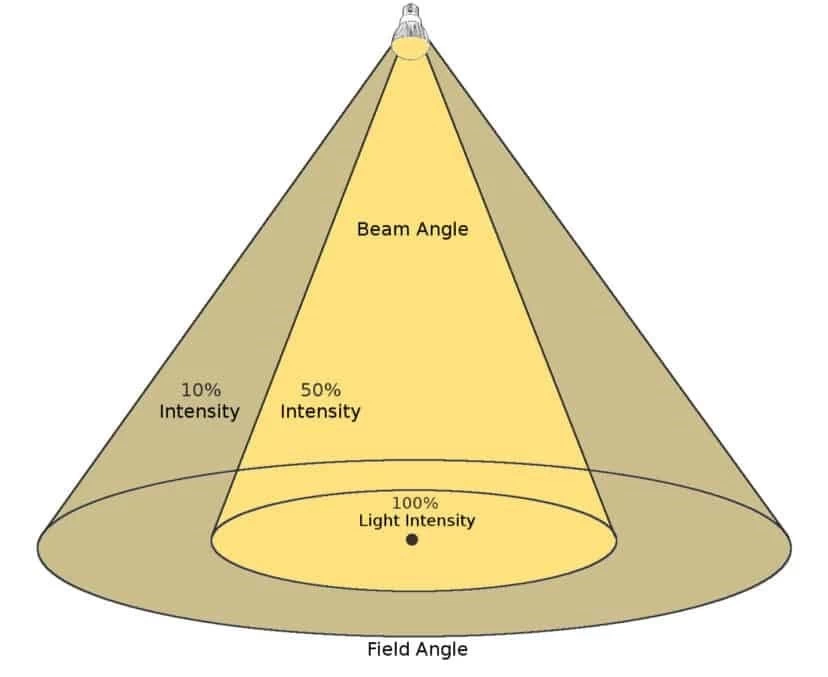
Ein Beispiel: Die mittlere Lichtstärke einer Leuchte beträgt 10.000 cd.
- Die Lichtintensität ist maximal bei 0° (10.000 cd).
- Die Lichtstärke bei ±30° beträgt 5.000 cd.
- Die Lichtstärke bei ±45° beträgt 1.000 cd.
Die Abstrahlwinkel sind also: B50% Abstrahlwinkel = 60° (weil er von -30° bis +30° reicht); B10% Abstrahlwinkel = 90° (weil er von -45° bis +45° reicht).
| Kategorie | Typischer Bereich (°) | Anwendungen | Eigenschaften |
|---|---|---|---|
| Schmal | 10°-30° | Fassaden, Statuen, Fernsicht | Hohe Intensität, scharfer Kontrast, kleine Fläche |
| Mittel | 30°-60° | Eingänge, Höfe, Gehwege | Ausgewogene Abdeckung und Helligkeit |
| Breit | 60°-120° | Parkplätze, Lagerhallen, Sportplätze | Großer Bereich, gleichmäßiges Licht, geringere mittlere Lux |
| Hinweis: Die Bereiche sind typische Werte. Abstrahlwinkel in der Regel definiert bei B50% (FWHM). | |||

Strahlwinkel-Rechner
Der von uns verwendete Strahlungswinkelrechner basiert auf einem bekannten Strahlungswinkel, um dessen Abstrahlbereich und Installationshöhe abzuschätzen. Dies liegt daran, dass der Abstrahlwinkel ein optischer Messwert ist, der vom Hersteller im Labor gemessen und in den Produktparametern angegeben wird.
Strahlwinkel-Rechner-Formel: D = tan (θ / 2) × L
Bedeutung:
- D = Radius der Beleuchtungsfläche
- θ = Abstrahlwinkel
- L = Einbauhöhe
Berechnungsbeispiel: Wenn die Leuchte in einer Höhe von 5 Metern installiert ist und einen Abstrahlwinkel von 60° hat:
- D = tan(30°)×5 = 2,89m
Dasselbe gilt für die Berechnung der Installationshöhe, wenn der Einstrahlungsbereich bekannt ist. Wir können das Ergebnis direkt berechnen.
Formel: D = L × tan(θ / 2)
Wie wählt man den richtigen Abstrahlwinkel?
Beleuchtungsbedürfnisse
- Zur Hervorhebung von Skulpturen und Gemälden (Akzentbeleuchtung): Wählen Sie einen engen Lichtkegel (15°-24°).
- Zur Beleuchtung von Wänden und Gemälden (Wandflutlicht): Wählen Sie einen mittleren Lichtkegel (24°-36°).
- Zur Grundbeleuchtung von Räumen oder zur Beleuchtung von Fluren: Wählen Sie einen mittelbreiten Lichtkegel (36°-45°).
- Zur Ausleuchtung eines ganzen Raumes (Grundbeleuchtung): Wählen Sie einen breiten Lichtkegel (>60°).
- Zur Beleuchtung großer Außenbereiche: Wählen Sie einen Scheinwerfer mit extra breitem Lichtkegel (>90°).
Beleuchtungsabstand
Je weiter die Lichtquelle von dem zu beleuchtenden Objekt entfernt ist, desto kleiner ist der Abstrahlwinkel, der erforderlich ist, um die gleiche Spotgröße zu erzeugen.
| Anmeldung | Empfohlener Abstrahlwinkel | Grund |
|---|---|---|
| Anstrahlen von Kunstwerken oder Statuen | 10°-30° (Schmal) | Licht auf einen kleinen Bereich fokussieren, Kontrast erzeugen |
| Allgemeine Raum- oder Korridorbeleuchtung | 30°-60° (Mittel) | Ausgewogene Abdeckung und Helligkeit |
| Parkplätze, Sportplätze, Lagerhallen | 60°-120° (Weit) | Große Flächen gleichmäßig beleuchten, Schatten reduzieren |
| Akzentbeleuchtung für Regale oder Vitrinen | 20°-40° (eng bis mittel) | Produkte hervorheben, ohne Licht zu verschütten |
| Außenbeleuchtung für Garten und Landschaft | 30°-90° (mittel bis breit) | Weiche, gleichmäßige Ausleuchtung von Pflanzen und Wegen |
| Hinweis: Die Ausstrahlungswinkel sind ungefähre Angaben; wählen Sie sie je nach Deckenhöhe und Flächengröße aus. | ||
Schlussfolgerung
Der Abstrahlwinkel bestimmt die Form und Ausbreitung des Lichts. Das Verständnis und die Nutzung des Abstrahlwinkels können Ihnen ein besseres Beleuchtungserlebnis bieten. Bei der Auswahl einer Lampe ist es wichtig, sich auf den Abstrahlwinkel zu konzentrieren, nicht nur auf die Wattzahl (Helligkeit) und die Farbtemperatur (Farbe).
Wir sind ein professioneller Hersteller von LED-Beleuchtung für industrielle und kommerzielle Anwendungen. Unsere Leuchten bieten eine Vielzahl von Abstrahlwinkeln. Kontakt um Ihre Beleuchtungslösung individuell zu gestalten.
Die Leute fragen auch
Wie misst man den Öffnungswinkel?
Der Abstrahlwinkel wird in der Regel vom Hersteller im Labor mit einem Photometer oder Belichtungsmesser gemessen. Die Standardmethode besteht darin, den Winkel zu bestimmen, bei dem die Lichtintensität auf 50% ihres Maximalwertes (B50%) abfällt, entweder anhand von IES-Daten oder durch Messung direkt an der Oberfläche.
Welcher Abstrahlwinkel ist für Scheinwerfer am besten geeignet?
Der optimale Abstrahlwinkel eines Scheinwerfers hängt von der jeweiligen Anwendung ab:
- Enger Abstrahlwinkel (10°-30°): Wird verwendet, um bestimmte Objekte oder Bereiche hervorzuheben.
- Mittlerer Abstrahlwinkel (30°-60°): Für die allgemeine Flächenbeleuchtung.
- Breiter Abstrahlwinkel (60°-120°): Für die Beleuchtung von großen Flächen wie Sportplätzen und Parkplätzen.
Ist der Ausstrahlungswinkel einer Leuchte nach Verlassen des Werks festgelegt?
Ja. Die meisten LED-Leuchten haben einen festen Abstrahlwinkel, der durch ihre Optik definiert ist. Um ihn zu ändern, muss normalerweise die Linse oder der Reflektor ausgetauscht werden. Bei einigen speziellen verstellbaren Scheinwerfern kann der Abstrahlwinkel geändert werden, aber bei typischen Flutlichtstrahlern ist der Abstrahlwinkel vorgegeben.


